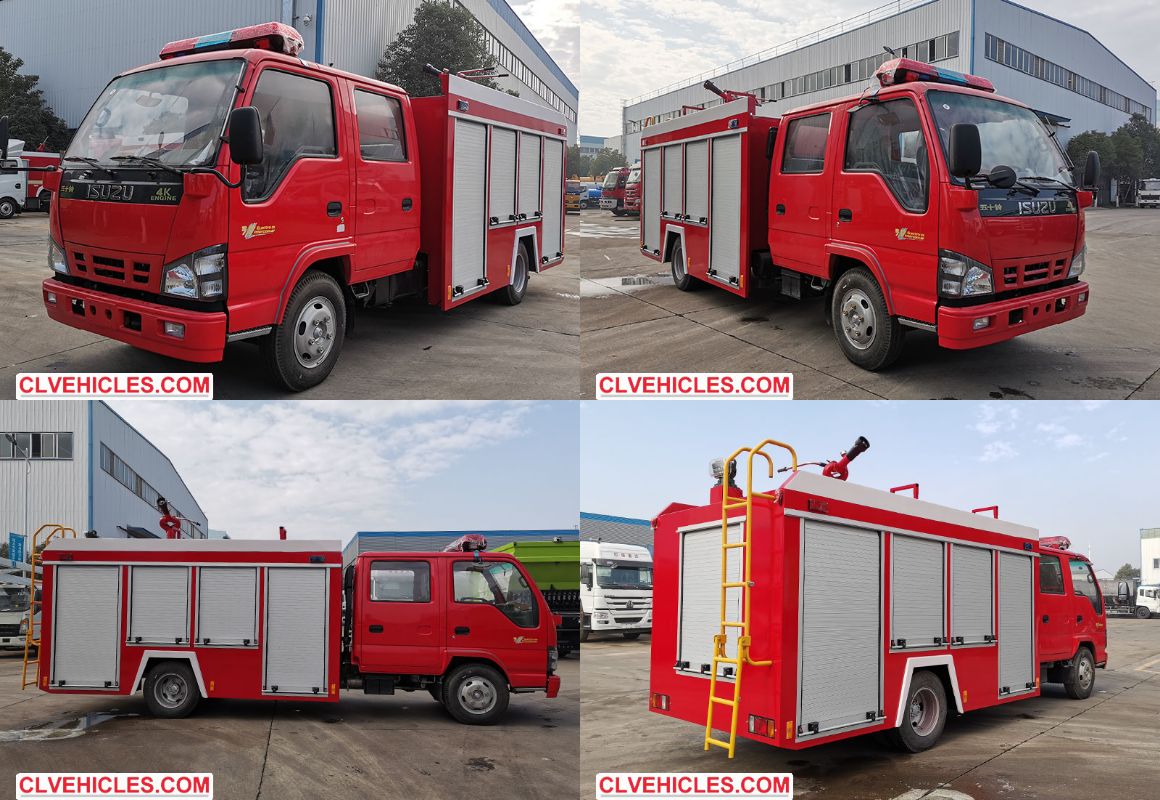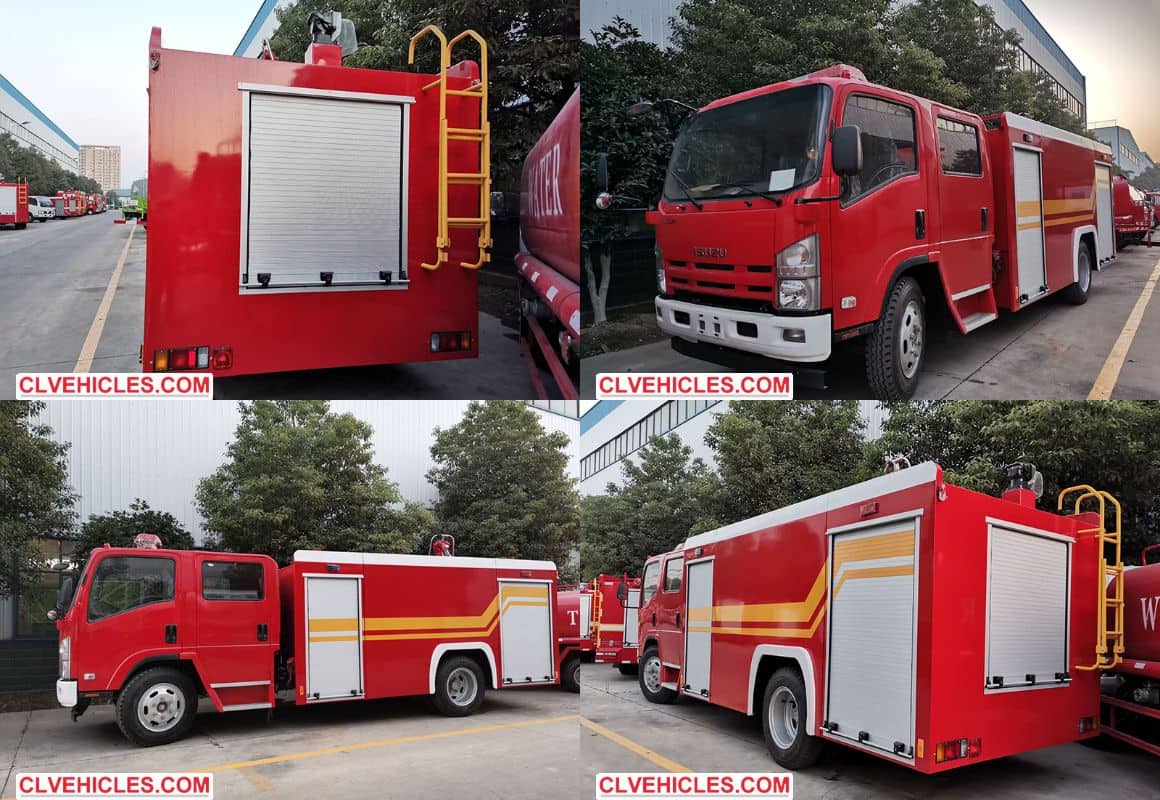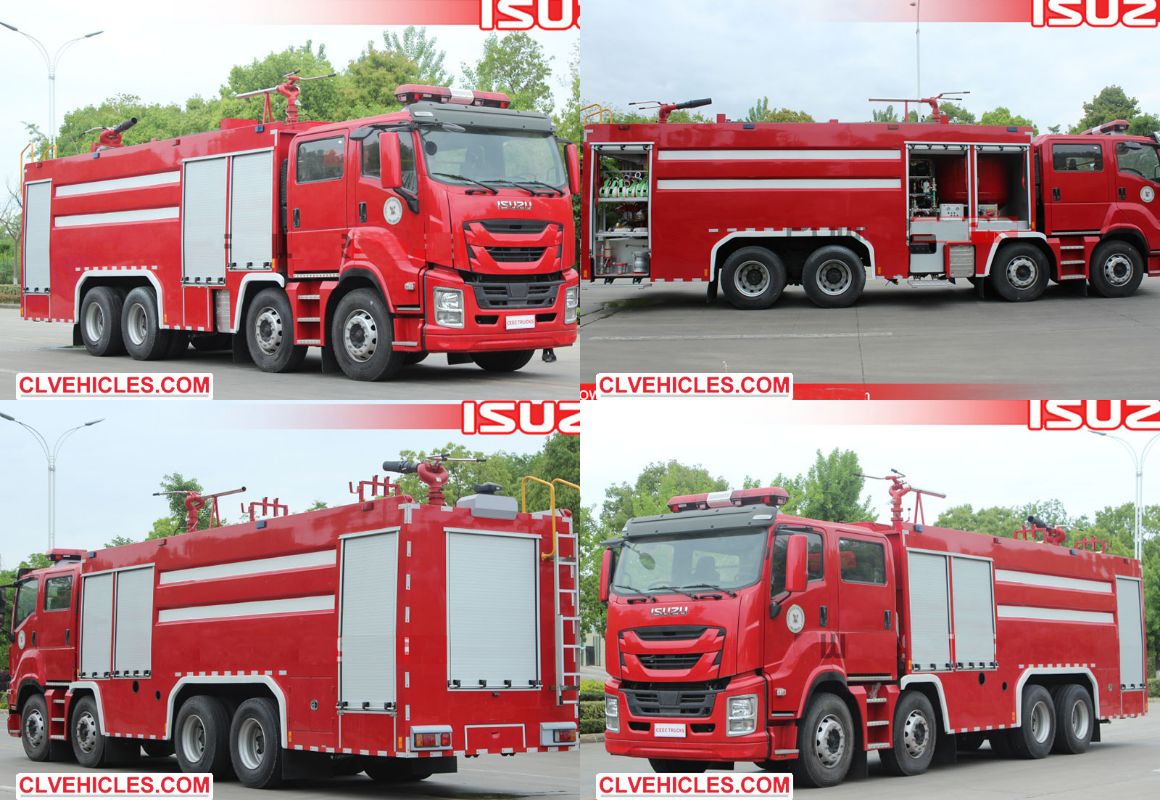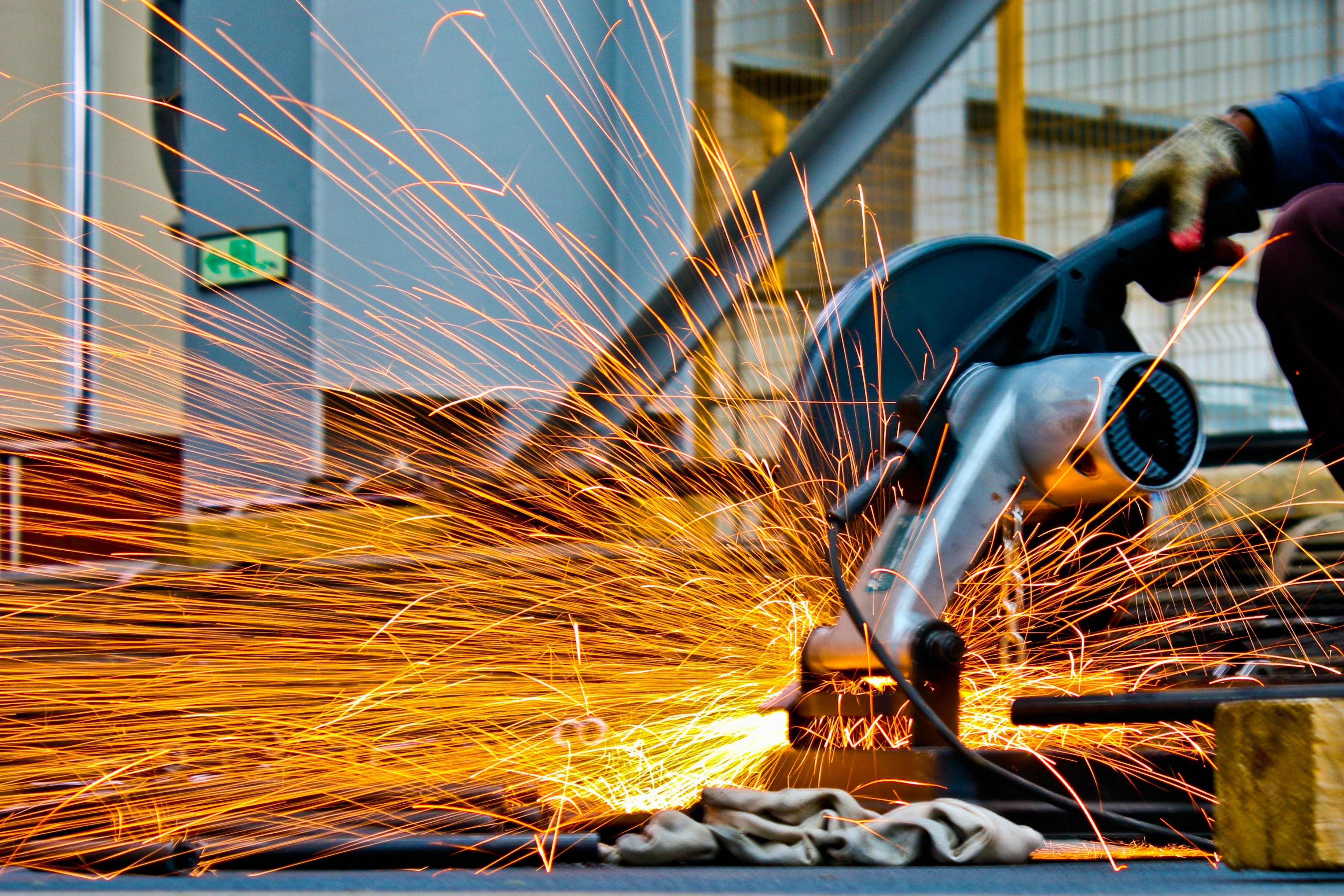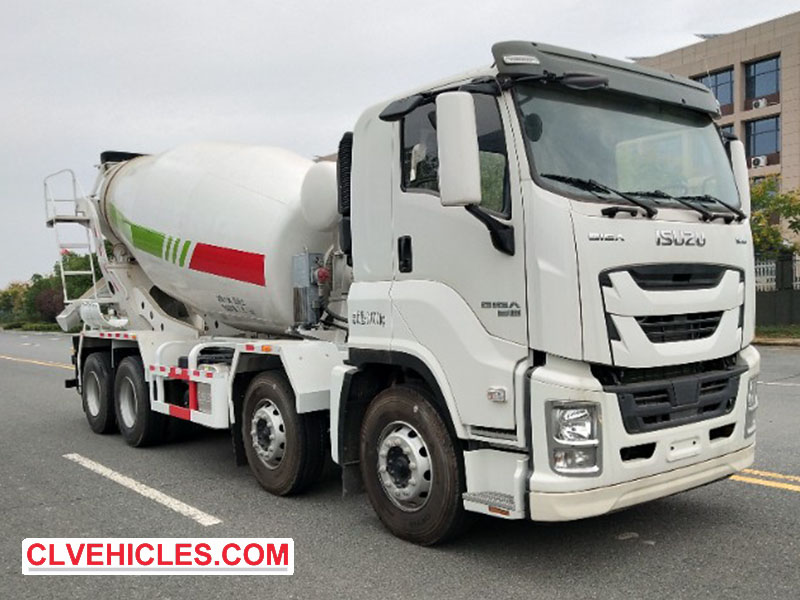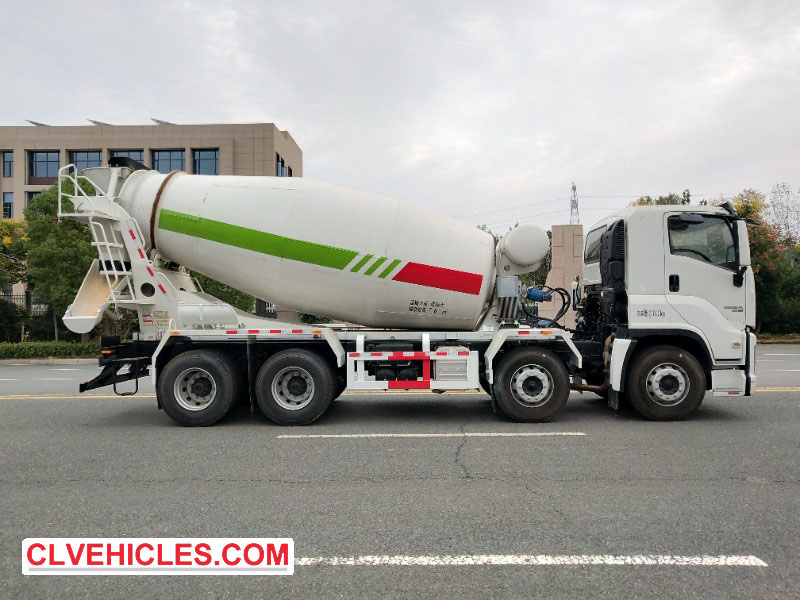In industrial manufacturing, construction, home renovation and daily maintenance, electric drills serve as core power tools. Their performance and reliability directly impact work efficiency and output quality. With the technological upgrading and global expansion of China's power tool industry, a number of local brands have emerged as international leaders, thanks to their superior quality, innovative design and cost-effectiveness. This article details the applications and key specifications of electric drills, while highlighting China's top electric drill suppliers and brands in 2025.
I. Electric Drills: Applications, Functions and Core Specifications
① Applications & Functions: All-Purpose Tools from Household to Industrial Use
The core function of an electric drill is to drive drill bits to rotate or impact via a motor, enabling drilling and screw fastening on various materials. It is an indispensable tool in modern production and daily life:
Household Scenarios: Furniture assembly, wall drilling, home appliance installation, daily repairs, etc.
Professional Scenarios: Concrete drilling in construction, woodworking, metal component installation, pipeline pre-embedding in decoration projects, etc.
Industrial Scenarios: Precision drilling in machinery manufacturing, auto maintenance, equipment assembly, etc.
Its importance lies not only in boosting work efficiency (5–10 times faster than manual tools) but also in ensuring construction precision and reducing labor intensity, making it a must-have for both professionals and ordinary consumers.
② Core Specifications: 6mm, 10mm, 13mm and Their Application Scenarios
The chuck size (i.e., the maximum drill bit diameter the chuck can accommodate) directly determines the scope of application of an electric drill. Among them, 6mm, 10mm and 13mm are the most mainstream specifications in the market:
6mm: Mainly small lithium-ion drills, lightweight (usually under 1kg) and highly portable. Suitable for drilling and screw fastening on lightweight materials such as wood, plastic and thin metal, catering to light-duty scenarios like household and office maintenance.

10mm: Balancing portability and power, compatible with a variety of materials. Capable of handling medium-duty tasks such as solid wood drilling, light wall punching and home appliance installation. It is the "versatile specification" for household and professional entry-level users, and also the core product line of most brands.

13mm: More powerful, mostly equipped with brushless motors. Suitable for hard materials such as concrete and thick metal, ideal for heavy-duty scenarios like decoration construction and industrial assembly, making it the top choice for professional practitioners.

2. China' s Top Electric Drill Suppliers & Brands in 2025
① Suzhou Yinghe: Global One-Stop Solution Provider
As a benchmark enterprise for China’s power tool exports, Suzhou Yinghe has focused on the R&D and global sales of full-category power tools and garden tools for nearly 20 years. It has over 1,000 stores in more than 100 countries and regions worldwide.
Core Brands: Its flagship brands such as INGCO and TOTAL enjoy global recognition. INGCO, in particular, has become a flagship brand for China’s tool exports, covering the mid-to-high-end market with high cost-effectiveness and stable quality.
Core Advantages: Pioneer of the "one-stop solution" for tools, capable of meeting the full-scenario needs of individual users and corporate clients; owns over 700 product patents, operates 20 fully automated production lines and professional R&D laboratories, with an annual production capacity of 2 million lithium-ion tools; provides distribution cooperation and customized OEM branding services to meet the differentiated needs of global markets.
② Dongcheng: Leader of Local Professional Tools
Founded in 1995, Dongcheng is a key backbone enterprise in China’s power tool industry and the vice-chairman unit of the Power Tool Branch of China Electrical Equipment Industry Association. Its brand reputation and market share have long been among the top in the industry.
Core Advantages: Focuses on industrial-grade durability. Products are equipped with pure copper brushless motors, with a maximum torque of up to 65N·m and a rotational speed of 1,800 rpm, suitable for high-intensity operation scenarios such as concrete and thick metal drilling; adopts ergonomic design with non-slip and shock-absorbing handles, ensuring comfort during prolonged use; features high concentricity to guarantee precise drilling; covers all mainstream specifications from 6mm to 13mm, catering to both household and professional scenarios with outstanding cost-effectiveness.
③ Devon: Representative of High-End Professional Tools
Devon, the core brand under Chervon, is one of the few high-end professional power tool brands in China that can rival international well-known brands, focusing on providing comprehensive solutions for professional users.
Core Advantages: Specializes in brushless motor technology, with products featuring strong power and long battery life; the 20V series drills deliver excellent torque and rotational speed performance, suitable for heavy-duty industrial operations; adopts a platform battery design, allowing shared battery usage across the same platform products to reduce user costs; invests heavily in R&D, with product innovative design and performance widely recognized by professional practitioners.
④ TTI: Multinational Manufacturing & Brand Operation Giant
As a world-leading power tool manufacturer, TTI (Techtronic Industries) has established strong production and R&D bases in China, owning a number of internationally renowned tool brands.
Core Advantages: Boasts strong R&D capabilities, focuses on the high-end market, and its products are known for high performance and reliability; has a mature production supply chain, enabling large-scale and refined production, covering the full range of professional-grade drill specifications; with rich experience in global brand operation, its products sell well worldwide and also occupy an important share in the Chinese market.
⑤ KYNKO: A Rising Star with High Cost-Effectiveness and Quality
KYNKO is leading manufacturer of professional power tools in China. KYNKO offers products with quality comparable to international brands such as Bosch and Makita, while maintaining a highly competitive price advantage.
Core Advantages: Focuses on mainstream drill specifications of 10mm and 13mm, with voltage coverage from 12V to 21V, suitable for multiple scenarios including household and professional use; products adopt a compact and lightweight design with dual-speed adjustment to meet different operational needs; emphasizes product durability and safety, with all drills undergoing strict quality inspections to ensure stable and reliable performance; provides sample testing, distribution cooperation and OEM customization services to flexibly meet the needs of global clients.
3.Purchasing Recommendations
Household Scenarios: Prioritize lightweight lithium-ion drills with 6mm or 10mm specifications. Entry-level products from Dongcheng and KYNKO offer outstanding cost-effectiveness.
Professional Scenarios: 13mm specification is a must-have. Focus on industrial-grade models from Dongcheng and the Devon series, which provide more reliable power and durability.
Bulk Purchasing or Cross-Border Cooperation: Suzhou Yinghe’s one-stop solutions and KYNKO’s customized services have significant advantages, capable of meeting differentiated needs.
China’s electric drill brands have achieved a leap from "Made in China" to "Intelligent Made in China", fully aligning with international standards in technology, quality and service. Whether you are an ordinary consumer, a professional practitioner or a global purchaser, you can find suitable products and cooperation models among the above brands.
